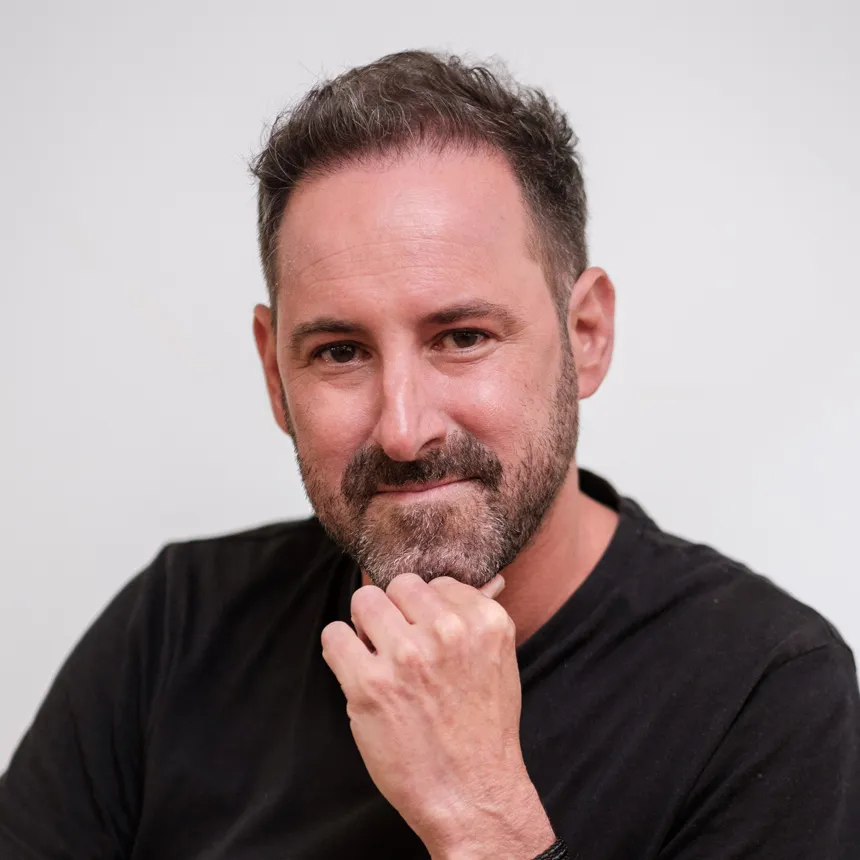When Dr Mark Tam first met Luke, a 24-year-old consultant in commercial property, he explained that he started noticing his hair loss when he was 18 or 19 years old. Experiencing a receding hairline in his late teens, firstly at the temple area, affected Luke’s confidence. He admitted that when styling his hair back then, he used to push it forward, over the temple area, and then sweep it across in an attempt to hide the problem.
After trying hair loss medication for 18 months, Luke found Dr Mark Tam through a recommendation from a relative who had also had a hair transplant with Dr Tam. After seeing his results, researching, and learning more about the process, he was very interested and keen to have it done himself. Luke sought to restore his temples so he could style his hair how he wanted.


During the consultation and again on the day of treatment, Dr Tam uses Treatment Area Mapping and Measurements (TAM+M) to accurately calculate the exact numbers of grafts and hair follicles required to achieve the optimal density of hair that will create a natural-looking hairline and temple points.
The temple and hairline are a tricky area to treat; it requires accurate placement of more single hair follicles to create the unique characteristic of the front of the hairline, which makes it different to elsewhere on the scalp. There are often fewer single hair follicles in the hair at the back of the head for donor graft harvesting. This difficulty often results in the placement of harvested multi-hair follicles instead that can look clumpy, less dense, and more see-through. By employing his IDEAL technique, Dr Tam can achieve craftsman-level outcomes by carefully and precisely dissecting multiple hair follicles under the direct stereoscopic vision and magnification of a microscope to create individually separated hair follicles or single hairs. This separation technique also means fewer graft extractions from the donor area(s), causing minimal scarring and preserving the area for future use. Similarly, Dr Tam harvests partial follicular unit extractions (FUE) that split hair follicles that are close together at the donor site. Luke's total treatment area was 47.2 cm2. Dr Tam used 2,248 grafts, which amounted to 3,567 hairs, using 929 single hair follicles and 1319 double hair follicles. The density achieved at his left hairline was 47 follicular units per cm2, with 52 follicular units per cm2 on the right side.
Luke is a perfect example of the long-lasting results we see with hair transplants, but also a reminder that this is not a cure for all future hair loss. Male pattern baldness is genetic, and hair loss happens in different places over the years, but it can be well managed with medication and further hair restoration procedures. When considering hair transplant treatment, it is vital to have awareness that future hair loss can happen around the transplanted area. Dr Tam treats the donor area with as much care and attention as the recipient area to preserve its potential for future use. He uses smaller FUE punches to reduce scarring and help regenerate hair follicles because you never know if you might need a further procedure in years to come.
The after photographs were taken four years after Luke's initial hair transplant procedure. During the interim period, he has suffered some additional hair loss; however, you can still see that the transplanted area delivers visual improvement; his hairline is better and lower than before. The new hair loss has occurred in the frontal core area, and Luke is booked for a second hair transplant treatment.




Dr Mark Tam explains the benefits of an assessment.


In order to save patients time and unnecessary costs, Dr Tam requires a pre-consultation screening to assess your suitability for surgery based on supplied photographs.
This form of assessment will only serve to give you an idea of whether you are likely to be suitable for a Hair Transplant, as well as providing you with a rough price estimate for the area you wish to have treated.
This assessment is complimentary but does not replace the need for a full consultation.
Once you have submitted your details along with the 3 required photos Dr Mark Tam will assess your suitability and you will receive a full report via email.
Recommended image types for uploading include JPG/JPEG and PNG.
Please do not press the back button or refresh the page after pressing the submit button.
* - Required field




























